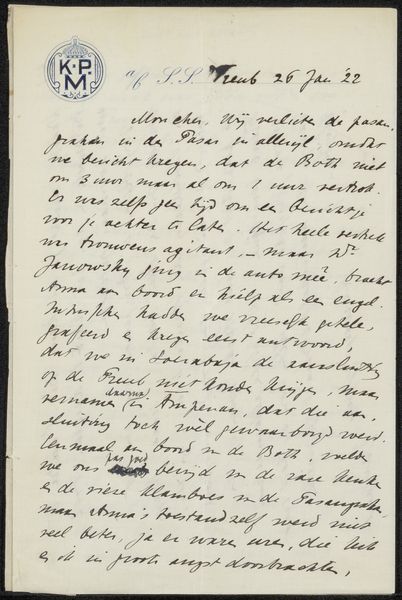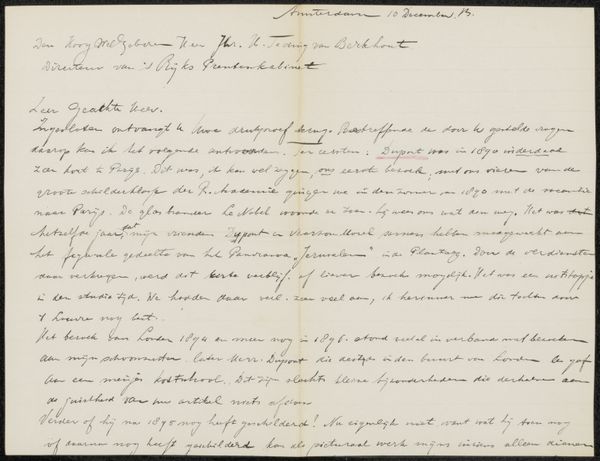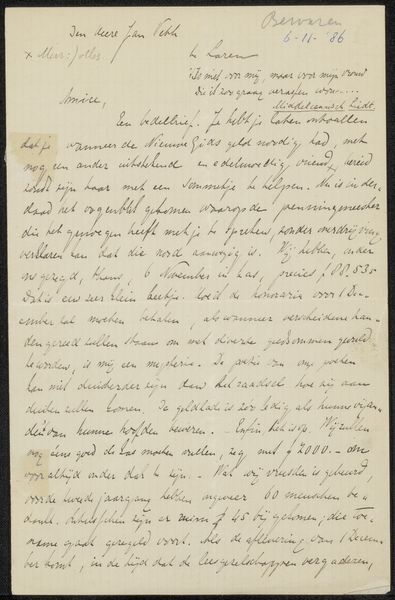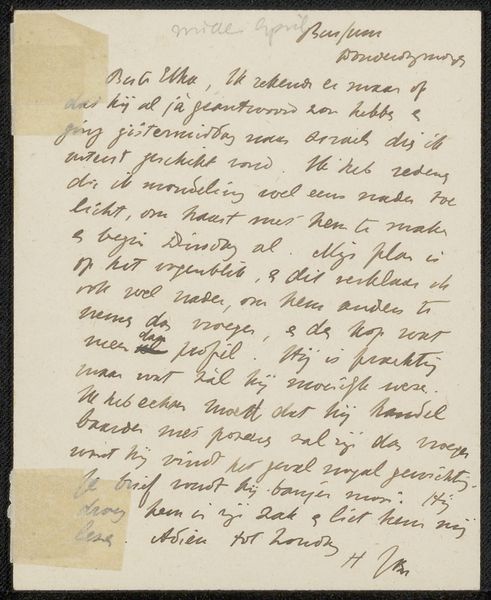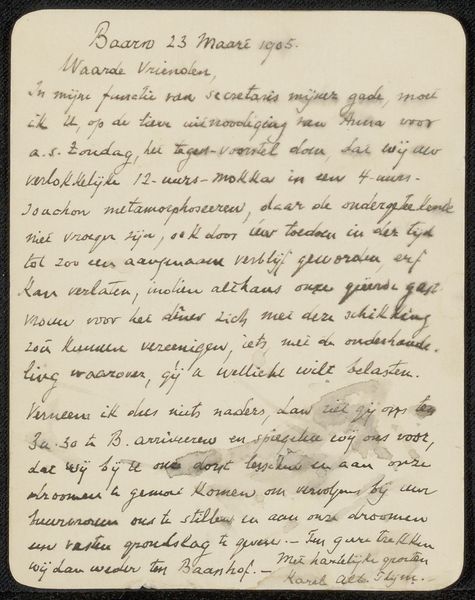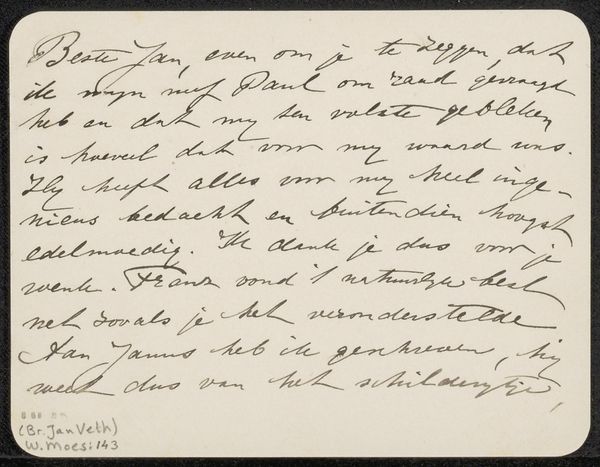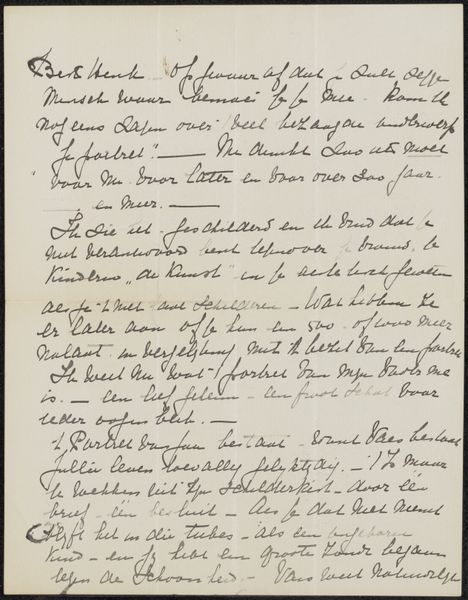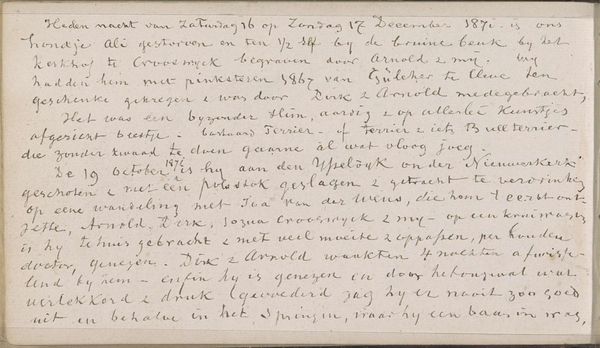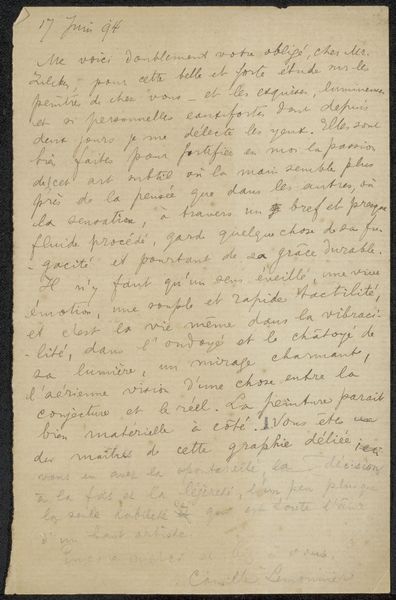
drawing, paper, ink, pen
#
drawing
#
pen drawing
#
dutch-golden-age
#
impressionism
#
paper
#
personal sketchbook
#
ink
#
pen-ink sketch
#
pen work
#
pen
Copyright: Rijks Museum: Open Domain
This is a letter, handwritten in Amsterdam on January 4th, 1884, by Willem Witsen. But within these scribbles, we find symbols not only of communication, but of enduring human concerns. Notice the handwriting itself, a direct impression of the writer’s thoughts and emotions. This reflects a primal impulse to communicate, resonating across cultures and epochs. Think of ancient runes or hieroglyphs – humankind’s urge to express and preserve ideas. Now, consider the act of letter writing. The personal touch of a handwritten note carries an emotional weight far beyond the mere words, a motif that recurs in different guises throughout history. From Roman correspondence to Renaissance sonnets, the letter is a vessel of intimacy and connection. The seemingly simple act of writing becomes a powerful force engaging viewers on a deep, subconscious level. As we read, we engage in a cyclical process of memory and recognition, where familiar symbols resurface, evolve, and acquire new meanings within the context of individual experience.
Comments
No comments
Be the first to comment and join the conversation on the ultimate creative platform.

